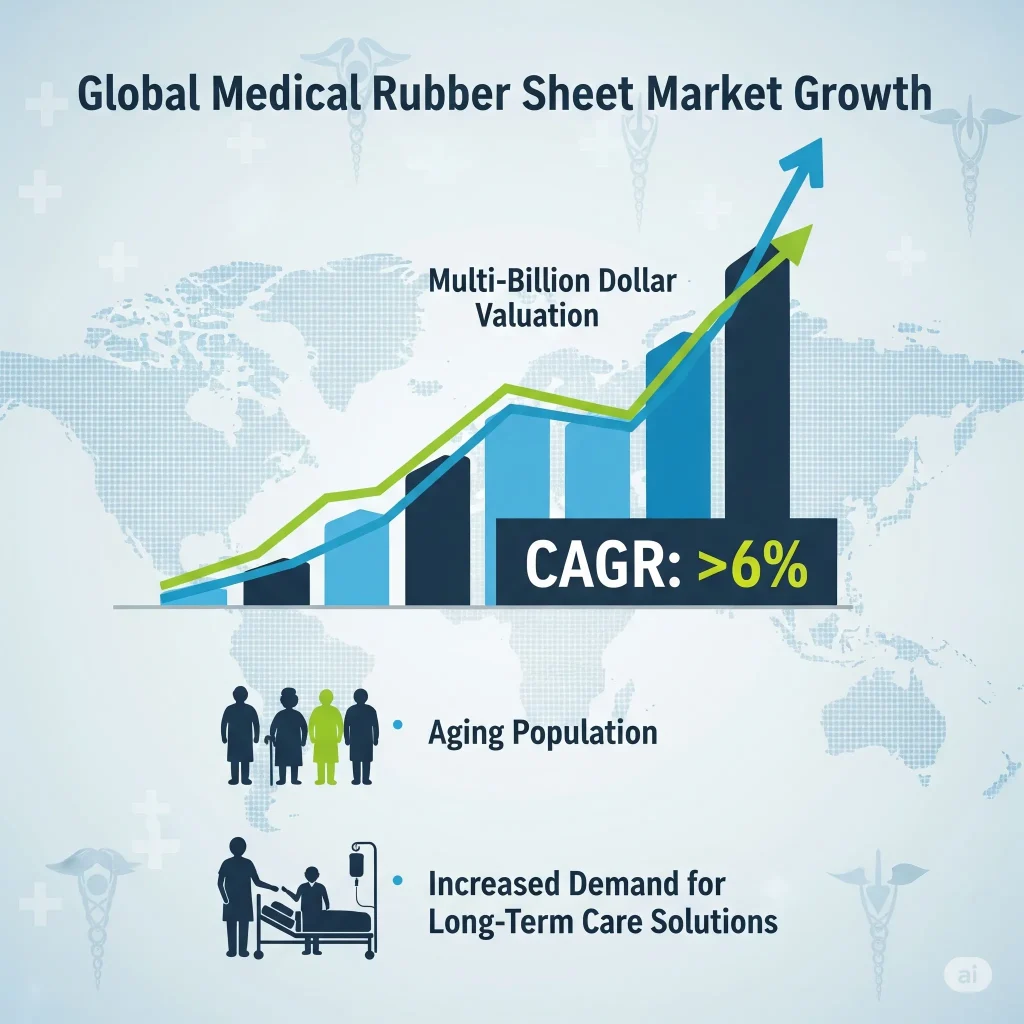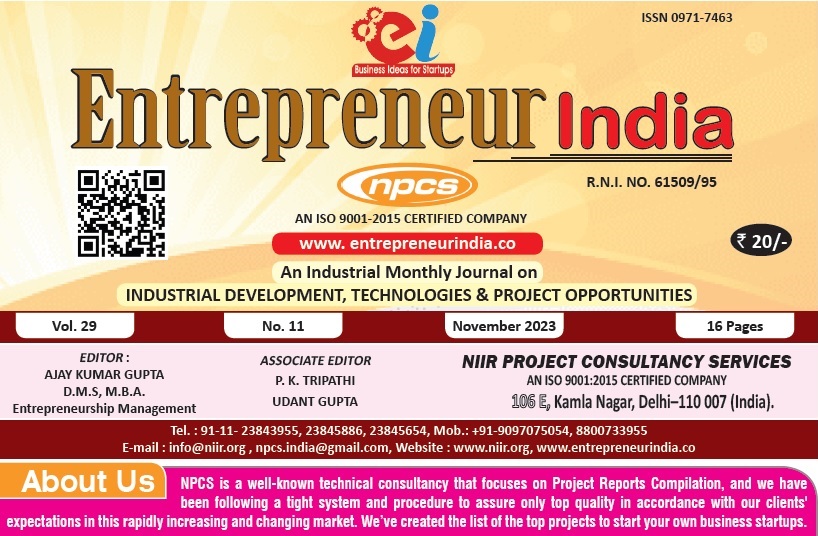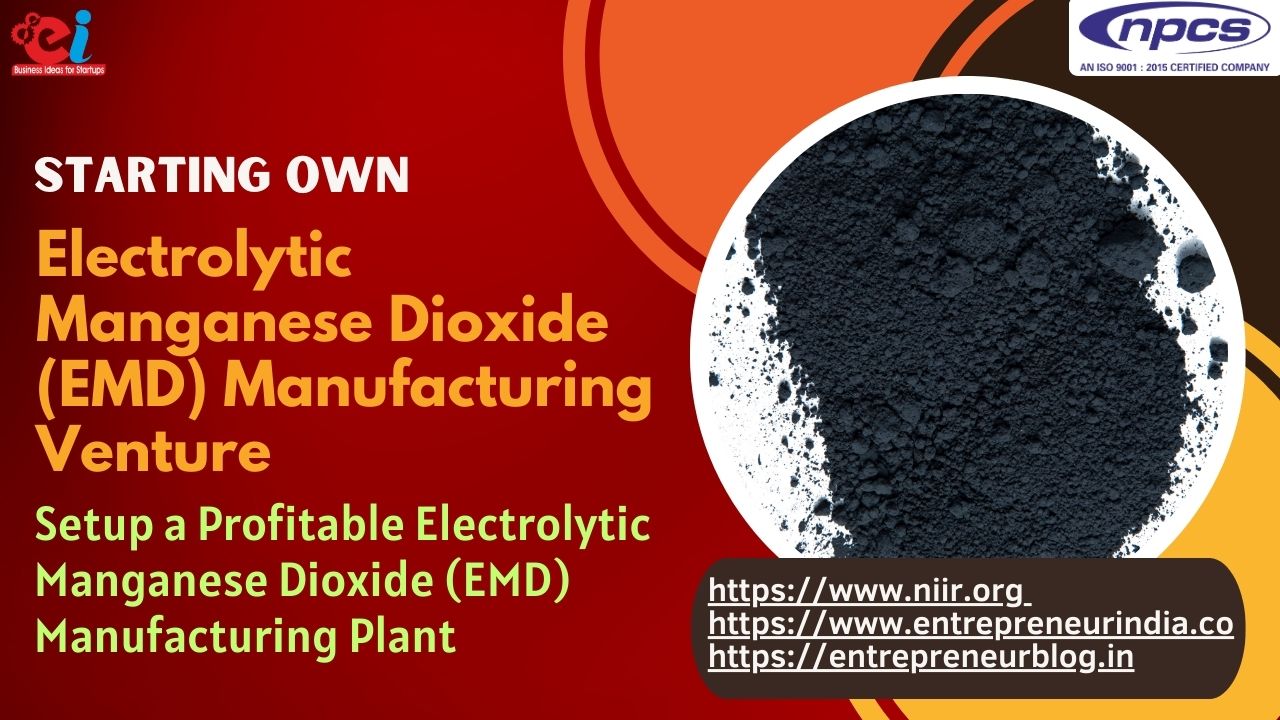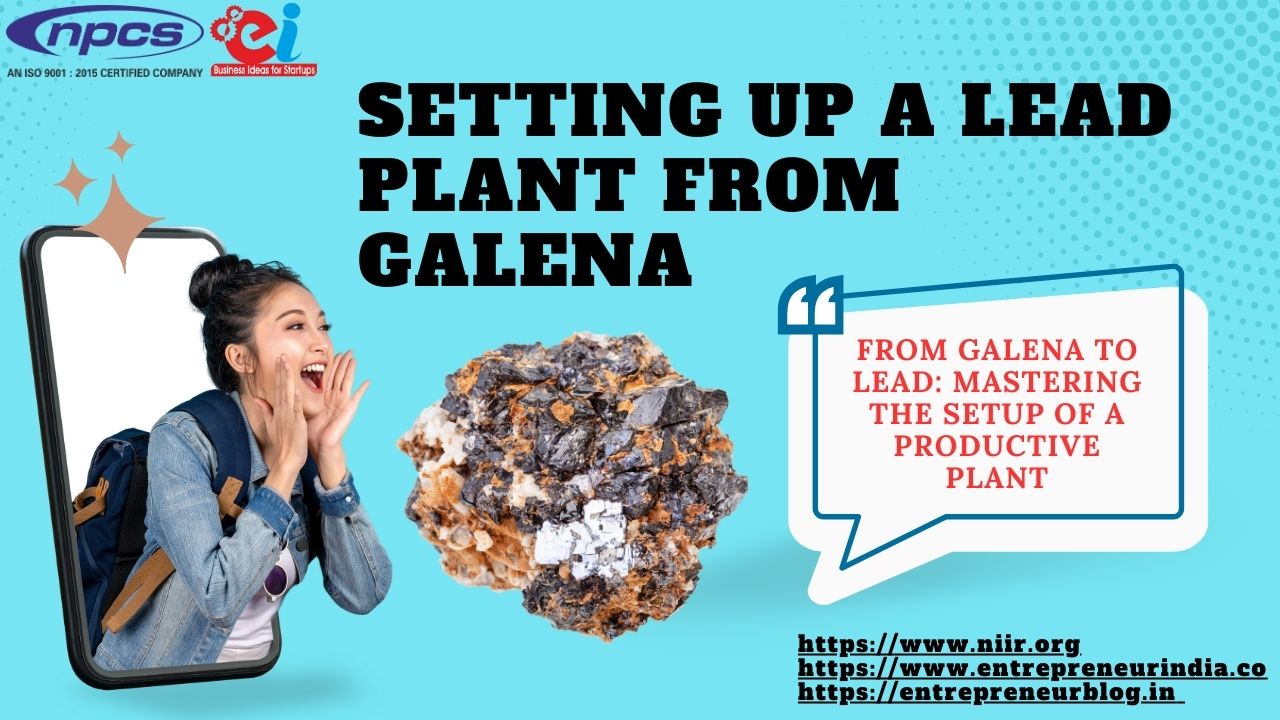If you are a business owner or an entrepreneur seeking a purposeful business with actual potential, consider an industry you might not have thought of: Mackintosh sheets. These proprietary rubber sheets, also referred to as hospital rubber sheeting, are a central product in worldwide healthcare and hygiene. They are waterproof and disinfectant in numerous environments.
This is not just a guide. It is a route map to a resilient and expanding market. Let’s review the metrics, demand drivers, and critical manufacturing methods so that you can see why this is an opportunity to consider.
So, What Are Mackintosh Sheets? Really, Just a Foundation of Function
The essence of Mackintosh sheets is that they are waterproof and made of rubberized fabric. They take their name from Scottish inventor Charles Macintosh. They are essentially soft, flexible, and completely impermeable to liquid. This remarkable composition of properties occurs because they are generally made of a high-quality rubber, and often natural rubber, that is bonded onto a durable textile such as cotton.
The distinctive features of Mackintosh sheets render them indispensable in a healthcare environment. In fact, the most remarkable aspect about them is their inherent waterproof quality. This feature allows them to form a moisture-proof barrier that prevents moisture, eg, water, blood, or bodily fluids, from penetrating and contaminating the underlying surface, whether that is a mattress, a table, or another surface.
They are also highly durable, designed to withstand repeated use and laundering, to protect the long term. In contrast to sheets made of plastic or vinyl, well-constructed Mackintosh sheets are soft, comfortable, and safe for skin contact, whether you consider patients or infants. Moreover, they are designed to withstand the rigors of establishment in a hospital or other household setting.
Comprehensive project report for Mackintosh Sheets
The Market Foreground: The Hygiene and Health Sector.

Whenever you consider another business, the first question is about the market. The fun part is that the market for Mackintosh sheets and other similar equivalents of medical rubber is not only stable, but also increasing in players.
Market Growth and Key Drivers
In general, the global medical rubber sheet market is expected to see strong growth. In fact, projections suggest it could become a multi-billion-dollar market in the foreseeable future. Moreover, industry analysts are estimating a Compound Annual Growth Rate (CAGR) of over 6% driven by certain trends. An example is the global aging population, which creates a need for longer-term care and related comfort products.
This would mean Mackintosh sheets have become commonplace in nursing homes and home care. Also, with the current situation worldwide focused on sanitation, hospitals, clinics, and even at home, are more mindful than ever to reduce cross-contamination – making these sheets important. Growth is also being spurred in the Asia-Pacific region, where developing economies are investing in newly constructed healthcare facilities, thereby increasing the need for basic medical supplies.
The industry continues to innovate, including shifts towards using medical-grade silicone rubber materials, with superior quality and providing avenues for manufacturers to develop premium items. In addition, there is a growing need for specialized sheets with features such as anti microbial treatments to limit infection and radiation shielding for hospitals.
Geographic demand hotspots
At present, the Asia-Pacific region is the largest in terms of size in demand for the product on a global basis, given its large population, advancing healthcare infrastructure, and established manufacturing capacity. Putting up a business in this region offers ample prospects for localized supply and international export. The North American and European markets are also strong, owing to relatively high healthcare spending in those markets and strong standards of quality, which give new entrants a decent opportunity to establish themselves as well.
For more reading, look through our books
The process of manufacturing: from raw material to finished product
Starting up a manufacturing unit may seem intimidating, but acquiring some knowledge about the process will make it much easier. While a detailed technical schematic is better drafted by those who have the technical expertise, the following is a basic delineation of the main steps in the manufacturing process.
Sourcing and selecting raw materials
All manufacturer units eventually start with the actual raw materials. The main inputs are derived from natural latex rubber products, as latex is valued for its elasticity, and various forms of synthetic rubbers like Styrene-Butadiene (SBR), or Ethylene Propylene Diene Monomer (EPDM), which you may be interested in for certain properties, are also produced. You will also need a durable woven textile fabric; ideally, cotton will work for the inner fabric. In addition, you will also need some chemical merchandising, for example, fillers and vulcanizing agents, which will help enhance the final material properties in the finished product.
Compounding and Mixing
This key phase involves blending raw rubber with chemical additives in a mixing environment. The goal is to produce a homogenous rubber compound that has the required hardness and strength. The mixing is done in an industrial mixer, usually on a large scale. When mixing is complete, the rubber compound goes through mastication, which softens cold rubber. After mastication, the compound goes through additional refining to achieve the uniformity desired.
Calendering and Lamination
The next step is to form the rubber into a sheet through calendering, which is the process of passing softened rubber through a series of heated rollers to produce a thin, continuous sheet. This is an important step in contributing to the final product’s durability and performance. The pressure rollers are key to achieving a strong and durable bond between the rubber and the textile fabric. The fabric contributes to tear resistance, while the rubber contributes to waterproofing.
Vulcanization (Curing) and Finishing
This is the final and most crucial step in manufacturing. The laminated sheet is heated under controlled conditions. This process, called vulcanization, causes the polymer chains in the rubber to cross-link, transforming the material into a strong and elastic finished product. This gives the Mackintosh sheet its strength and durability. Once cured, large rolls of sheeting are cut to size, inspected for quality, and packaged for distribution.
Related articles:- Choose the Right Business to Start with Investment of 40 Lakhs (Plant and Machinery)
Niir Project Consultancy Services (NPCS)
For any entrepreneur, turning a business idea into a successful manufacturing operation requires a thorough feasibility study. Professional guidance can be invaluable in this process.
Firms like “Niir Project Consultancy Services (NPCS)” provide significant help. They prepare Market Survey cum Detailed Techno Economic Feasibility Reports tailored to assist entrepreneurs in making informed decisions. Their reports cover all aspects of a new project, including the manufacturing process, raw material needs, plant layout, and financials.
NPCS helps entrepreneurs evaluate the feasibility of new industries or businesses, giving you the solid data needed to secure funding and create a strong business plan.
Seizing the Opportunity: A Guide for Startups
The Mackintosh sheets industry offers a clear business model, but your success will depend on execution. Here are some essential areas to focus on as you start.
Focus on Quality and Certification: Quality is crucial in the healthcare sector. Aim for top-tier materials and manufacturing processes to ensure your product meets national and international standards. Securing these certifications will help you attract a broader range of institutional clients.
Identify a Niche: While the basic product is a commodity, you can set your startup apart by specializing in a unique area. Consider antimicrobial Mackintosh sheets that inhibit bacterial growth or eco-friendly products made from sustainably sourced natural rubber. You could also target the retail market by designing attractive sheets for baby care and home health.
Your success will also hinge on your supply chain. Consistently sourcing high-quality raw materials is vital, so establish strong relationships with suppliers of natural rubber and textile fabric. Finally, develop a strong distribution network. Your target customers include hospitals, medical supply distributors, pharmacies, and online retailers. A multi-channel strategy will be crucial for reaching a broader market.
Conclusion
The Mackintosh sheets manufacturing sector is essential to the medical and hygiene industry. It offers a solid and growing market for new entrepreneurs. By understanding market drivers, mastering the manufacturing process, and focusing on quality and differentiation, you can carve out a profitable niche. That’s a very insightful point. The durability and necessity of these products in a growing global market indeed make them a compelling business venture.
Find best business ideas for yourself using our startup selector tools
Frequently Asked Questions
What are Mackintosh sheets made of?
Manufacturers typically make Mackintosh sheets from a soft rubberized fabric. They use a high-quality rubber compound, most often natural rubber, and laminate it onto a durable textile base like cotton. They choose the material for its waterproof, soft, and durable properties.
How are Mackintosh sheets different from regular waterproof sheets?
Unlike some plastic or vinyl sheets, manufacturers specifically design Mackintosh sheets to be both waterproof and soft for skin contact. They have a smooth, pliable surface, high tensile strength, and users can easily clean and reuse them. This makes them ideal for healthcare environments, baby care, and home use, where comfort and hygiene are critical.
What are the main uses of a Mackintosh sheet?
They are a versatile product primarily used as a protective layer. Their main applications include:
- Hospitals and clinics: To protect mattresses, examination tables, and hospital beds from fluids, spills, and contamination.
- Home health care: For bedridden patients to ensure hygiene and protect bedding.
- Baby care: As a reusable, waterproof layer on baby mattresses and changing tables.
- Medical procedures: As an underlay for minor medical or surgical procedures.
How should you clean and care for Mackintosh sheets?
Care is essential for maintaining a sheet’s integrity and prolonging its life. The general instructions are to:
- Wipe them clean with a damp cloth and mild soap after each use.
- Avoid using harsh chemicals or abrasive tools, as these can damage the rubber surface.
- Air-dry the sheet completely before folding or storing it.
- Store it in a cool, dry place away from direct sunlight and sharp objects. You can sterilize some sheets with methods like autoclaving, but this depends on the specific product’s material, so always check the manufacturer’s instructions.
Can Mackintosh sheets be reused?
Yes, they are designed to be reusable. Their durable, washable, and waterproof nature makes them a hygienic and long-lasting alternative to disposable drapes or sheets. Proper cleaning and care are key to ensuring they remain effective for repeated use.







